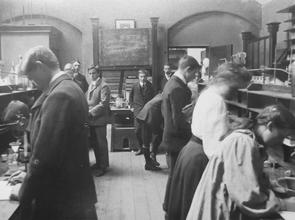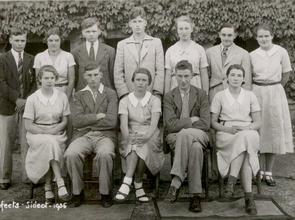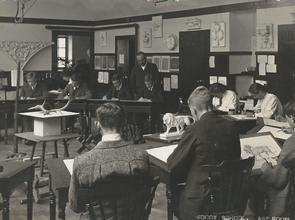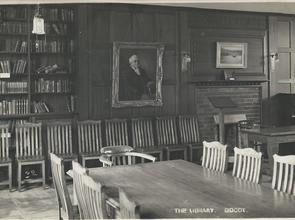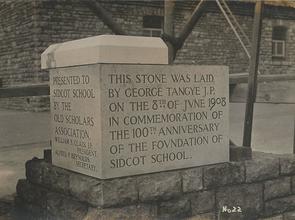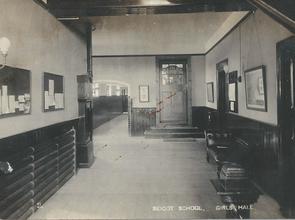In the summer of 1699, in the small hamlet of Sithcott, Headmaster William Jenkins opened the doors of a new Quaker school. Chosen on account of the ‘serene and healthy air’ of the surrounding area, it stood on the site of the current school.
The history of the school has not been without incident. In the eighteenth century it moved for a brief period to nearby Yatton. In 1808, with the support of Quaker meetings around the country, it reopened in the current main building. This time it welcomed both boys and girls, making it one of the first co-educational schools in the UK – although it wasn’t until the late 1800s that they were all taught together for the first time.
Enlightened innovators
Sidcot has always been an innovative school. Bevan Lean and Jim Bradley are just two of the pioneering giants on whose shoulders the current school stands.
Bevan Lean was Headmaster in the 19th century. At the time Sidcot was well known for the attention it devoted to the study of science and a number of the staff would deliver regular experimental lectures. Bevan Lean, with his PhD and his taste for showmanship, was particularly popular - not only did he have expert knowledge, but he explained explosions by actually blowing things up.
Bevan Lean also introduced what was, in those days, an unorthodox teaching method, presenting situations as they would have appeared to famous scientists and asking pupils to tell him what to do next. This approach, encouraging students to think critically rather than simply absorb lectures, was also evident in the pioneering work of Jim Bradley, Head of Art from 1954-1983.
The Sidcot ‘Bauhaus’
At a time when art in schools was seen by many as a minor activity, Bradley helped Sidcot establish a teaching method that developed children's visual literacy and imagination through practical activity, encouraging them to ‘see’ in an enlightened and critical way and enabling all pupils to create positive work, whatever their level of ability.
With the involvement of teachers from the arts, sciences and mathematics, Bradley created an art school that had more than a passing resemblance to the Bauhaus, the visionary German art school whose principles had so inspired him. In the new Craft Block, opened in 1967, Bradley designed a space in which art, needlework, cookery and woodwork departments worked together as one unit, in an approach that the school considered ‘an important part of creative thinking and the setting for true education’.
In its recent history, Sidcot has built on the legacy of these enlightened educationalists. The school has grown and thrived, and its students have found success and fulfilment in all areas of life. Today, the Sidcot School community is a culturally diverse one, with children from a variety of backgrounds creating a rich and vibrant social environment. From 9 pupils in 1808, Sidcot is now home to over 500, including around 160 students from over 30 countries across the world.
The current school site covers 160 acres of glorious Somerset countryside. It is now fully equipped with state of the art centres for sports, arts, media and music - but one thing hasn’t changed since 1699. Take a walk out into the woodlands and breathe in that ‘serene and healthy air’. It’s still there to enjoy today.



